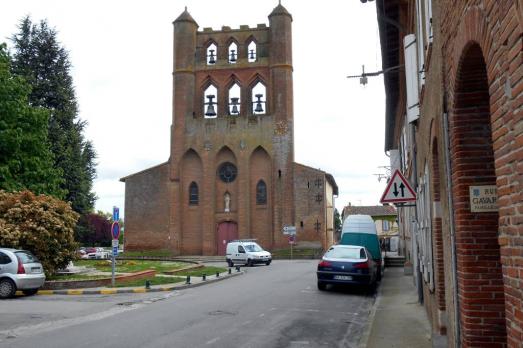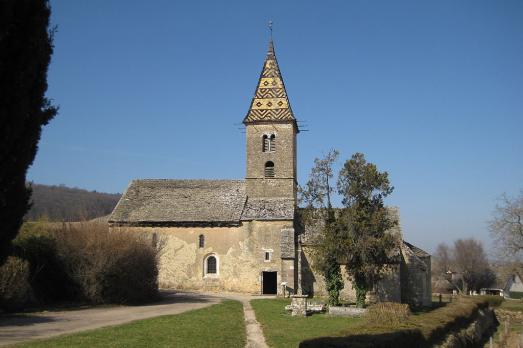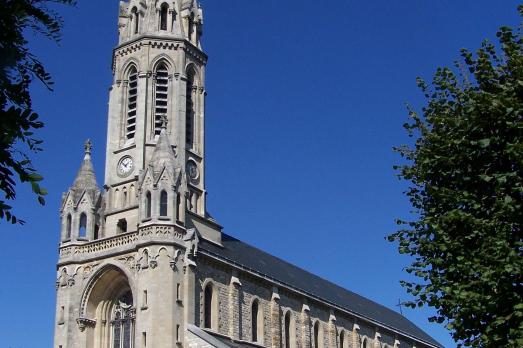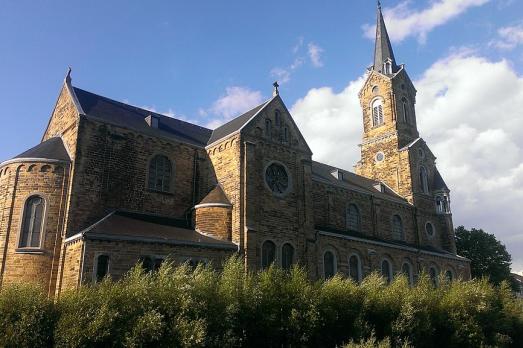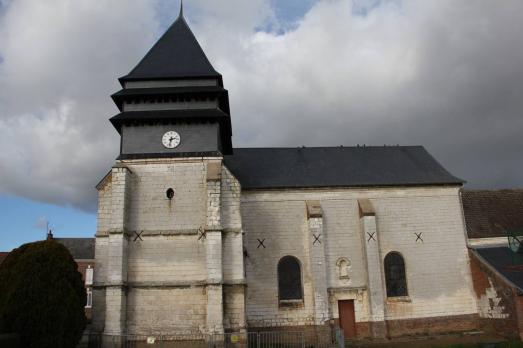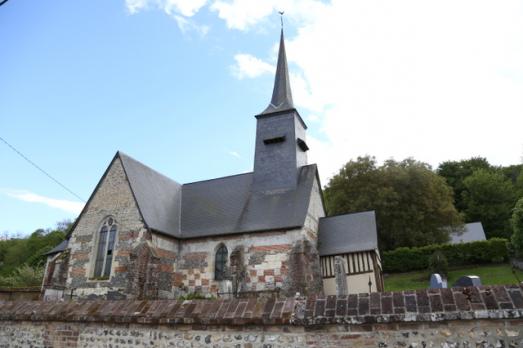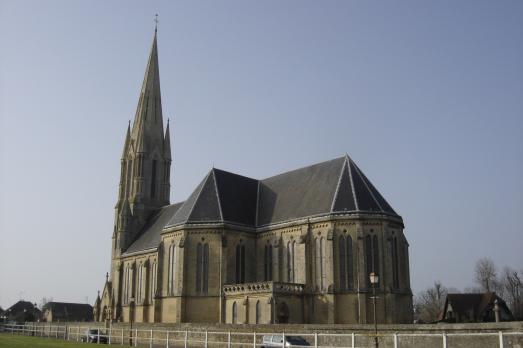
Church of Saint-André, Lille
Lille, FR
The Church of Saint-André was built in the 17th century as a chapel, that of the Unshod Carmelites who had recently arrived in Lille. The work started in 1701 and the architect is Thomas-Joseph Gombert. The work, interrupted by the siege of Lille and the Succession Wars of Spain, continued under the direction of the nephew of the original architect, François-Joseph Gombert.
